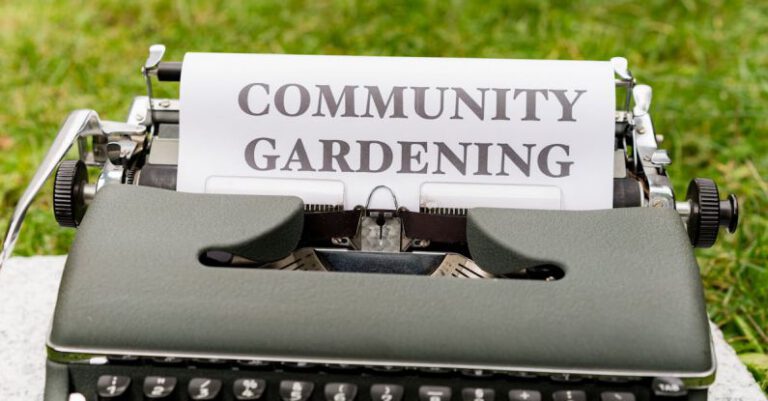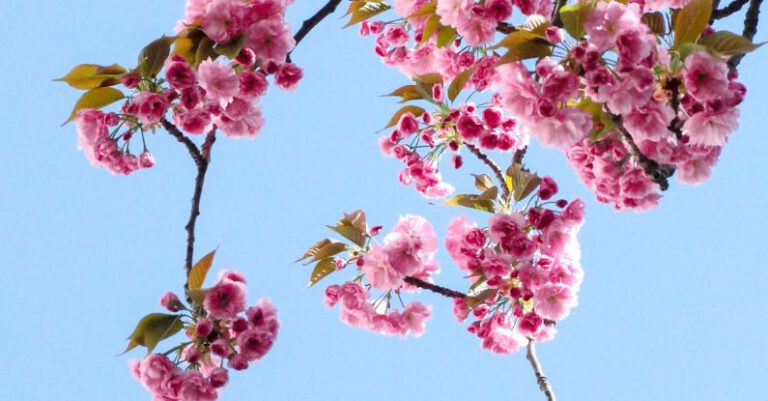What Are the Fundamental Principles of Garden Design?
Creating a beautiful and harmonious garden involves more than just planting a few flowers and shrubs. To achieve a well-designed outdoor space that is visually appealing and functional, it is essential to understand the fundamental principles of garden design. By incorporating these principles into your gardening projects, you can create a space that is not only aesthetically pleasing but also reflects your personal style and preferences. Let’s explore the key principles that can help you transform your garden into a stunning oasis.
Unity in Design
Unity is a fundamental principle of garden design that focuses on creating a sense of cohesion and harmony throughout the space. To achieve unity in your garden, it is important to establish a consistent theme or style that ties everything together. This can be achieved through the use of recurring shapes, colors, textures, or materials. By maintaining a sense of unity in your garden design, you can create a visual flow that is pleasing to the eye and creates a sense of balance and order.
Balance and Symmetry
Balance and symmetry are essential elements of garden design that help create a sense of equilibrium and stability in the space. Balance can be achieved through the strategic placement of plants, structures, and other elements to create a visually pleasing composition. Symmetry, on the other hand, involves creating a sense of equilibrium by mirroring elements on either side of a central axis. By incorporating balance and symmetry into your garden design, you can create a space that feels harmonious and well-organized.
Scale and Proportion
Scale and proportion are important considerations in garden design that help create a sense of perspective and balance. When designing your garden, it is important to consider the size of your space and the scale of the elements you plan to include. By carefully selecting plants, structures, and decorative elements that are proportionate to the size of your garden, you can create a space that feels well-proportioned and visually appealing. Paying attention to scale and proportion can help prevent your garden from feeling overcrowded or sparse.
Rhythm and Repetition
Rhythm and repetition are key design principles that help create a sense of movement and continuity in your garden. Rhythm refers to the visual flow created by the repeated use of elements such as plants, colors, or textures. By incorporating rhythm into your garden design, you can create a sense of movement that draws the eye through the space. Repetition, on the other hand, involves using the same or similar elements throughout the garden to create a cohesive and unified look. By incorporating rhythm and repetition into your design, you can create a garden that feels dynamic and engaging.
Emphasis and Focal Points
Emphasis and focal points are essential design principles that help draw attention to specific areas or features within your garden. By creating focal points through the use of plants, structures, or decorative elements, you can create visual interest and add depth to your design. Emphasis involves highlighting key elements or areas within the garden to create a sense of importance and hierarchy. By incorporating emphasis and focal points into your design, you can create a garden that is visually captivating and engaging.
Incorporating these fundamental principles of garden design into your outdoor space can help you create a space that is not only visually appealing but also functional and harmonious. By understanding the importance of unity, balance, scale, rhythm, emphasis, and proportion, you can transform your garden into a stunning oasis that reflects your personal style and preferences. Whether you are a seasoned gardener or a novice enthusiast, applying these principles can help you create a garden that you can enjoy for years to come.






